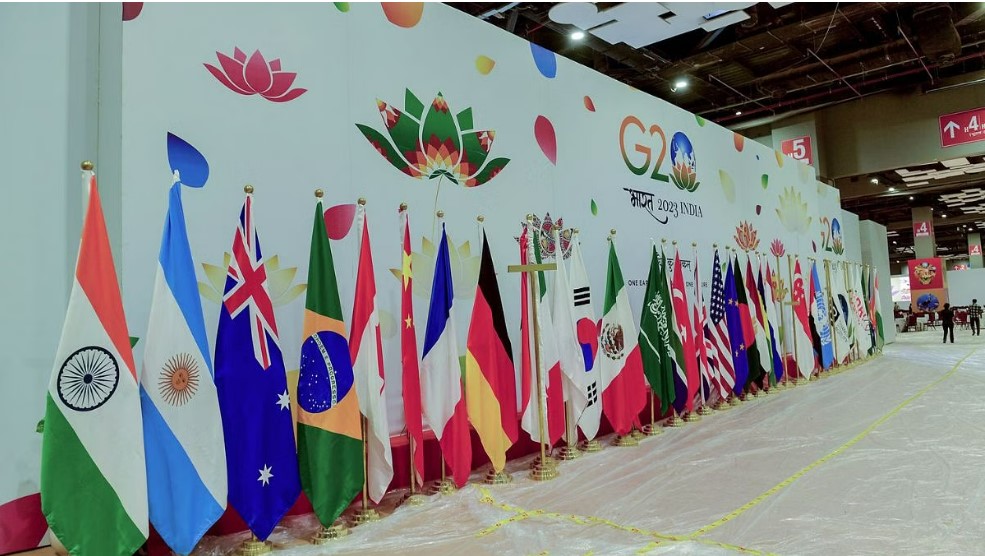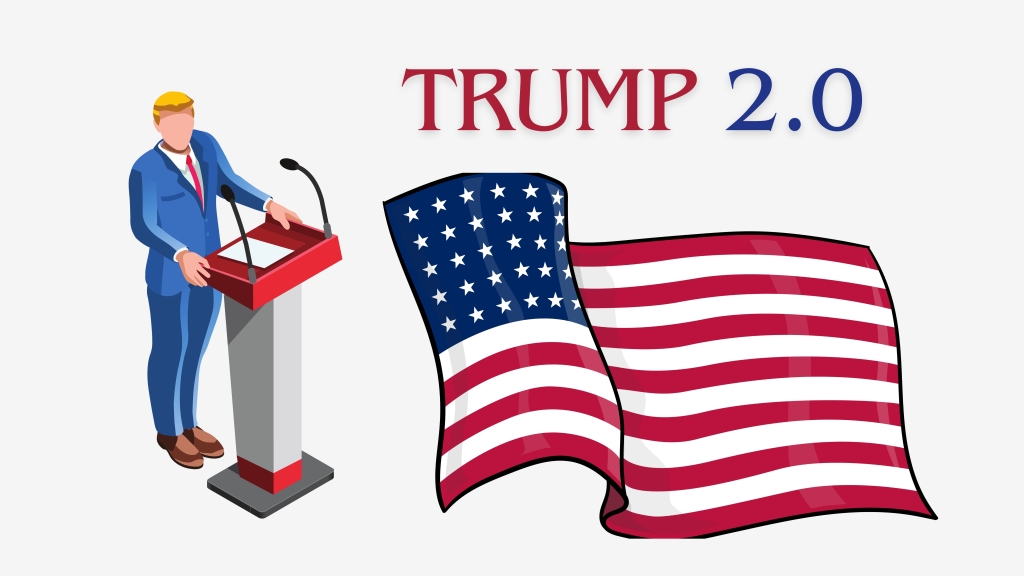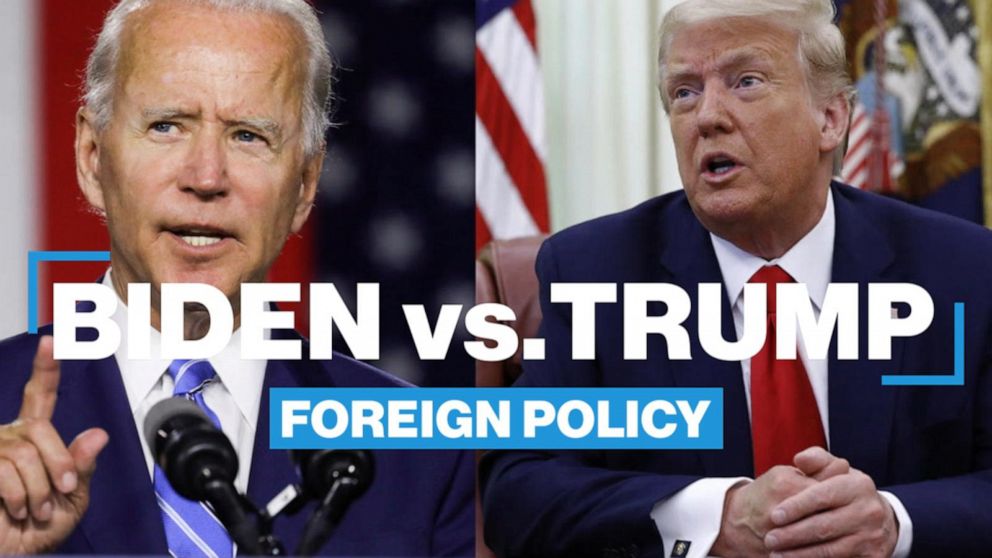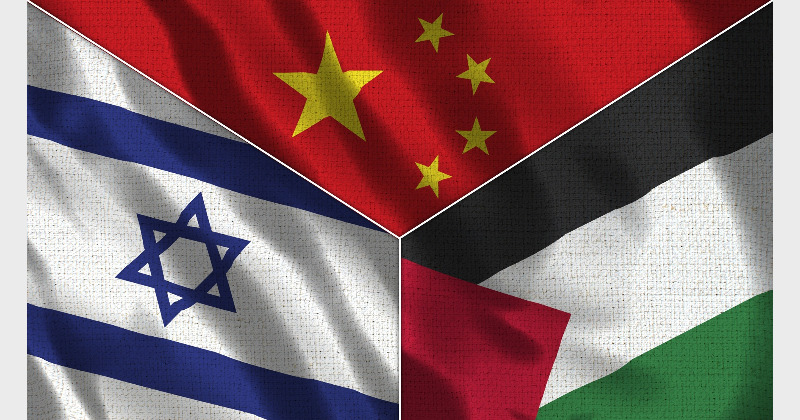Listen to the article
The Indo-Pacific region is witnessing an expansion of symbolic versus concrete minilateral cooperation. It is a response to frustration with institutional designs that make some regional organisations like the Association of Southeast Asian Nations (ASEAN) and the European Union (EU) vulnerable to being fractured from exogenous actors owing to their consensus-based, non-binding decision making.
Contemporary examples include China fracturing ASEAN unity on a shared position related to the dispute between the Philippines and China in the South China Sea in 2016, Greece blocking EU criticism at the United Nations (UN) on China’s human rights record in 2017, and Beijing’s efforts to create a coalition of developing states to vote down a motion to discuss a UN report on China’s serious human rights violations in Xinjiang. More recently, we also saw Beijing’s action to bring together Belt and Road Initiative (BRI) members to abstain from a resolution on Russia’s “aggression against Ukraine.”
The frustration with large scale multilateralism is palpable in non-Western countries as well. China, Russia, and other authoritarian states resent what they understand as Western dominated institutions with prominent Chinese academics such as Yan Xue Tong stressing that:
China will work hard to shape an ideological environment conducive to its rise and counter Western values. For example, the United States defines democracy and freedom from the perspective of electoral politics and personal expression, while China defines democracy and freedom from the perspective of social security and economic development. Washington should accept these differences of opinion instead of trying to impose its own views on others.
As a result, minilateral cooperation is expanding in number but also bifurcating into two camps exemplified, but not limited to, concrete cooperation through the Quadrilateral Security Dialogue (Quad) and the more symbolic cooperation within the Shanghai Cooperation Organisation (SCO), with India being the only country participating in both minilateral groupings.
On the one hand, we have countries like Japan, India, the United States, and Australia, engaging in minilateral cooperation in the Quad. It remains an exclusive coalition of like-minded states that have evolved from a maritime security-focused grouping to one that has expanded to include public good provision, technology cooperation, and infrastructure and connectivity initiatives.
While the Quad is open to functional, ad-hoc cooperation with non-Quad members, it does not aim to establish a formal military alliance with security guarantees. Regardless, Beijing has interpreted the grouping as an attempt to create an “Asia-Pacific NATO.”
We also have the United Kingdom (UK), Australia, and the United States pushing forward on the AUKUS agreement along with other minilateral forms of economic and regulatory cooperation in the Indo-Pacific region, such as the Indo-Pacific Economic Framework (IPEF) and the Comprehensive and Progressive Trans-Pacific Partnership (CPTPP).
The commonality we find in these minilateral relationships is that they are based on like-minded states engaging in concrete and evolving cooperation to foster a rules-based order in the broader Indo-Pacific region especially in the areas of economy, security, technology, and diplomacy.
On the other hand, we have minilateral cooperation such as the SCO, which has recently expanded to include Belarus. Iran is said to have signed a memorandum of commitment to become a full member state. There have also been preparations for the formal joining of Egypt, Qatar, Saudi Arabia as dialogue partners, in addition to the granting of dialogue partnerships to Bahrain and Maldives.
India is part of both of these minilateral groupings. New Delhi has joined like-minded countries in the Quad to balance China’s growing influence within the region. Furthermore, India has inculcated itself into the SCO to ensure that it can be part of discussions on what India sees as a challenging geopolitical environment with regards to relations with Pakistan and China.
From India’s point of view, being at the table with rival partners is better than not being at the table for dialogue instead of potentially being on the geopolitical menu.
Comparing the aforementioned symbolic versus concrete cooperation minilateral trends, we see that both groupings of countries are creating smaller groups of like-minded states to combat the inherent difficulties of large-scale multilateral cooperation, being fractured by exogenous rival actors or the reality of many large multilateral organisations, the tyranny of the lowest common denominator in policy outcomes.
A second element of comparison for these two groupings is the concrete initiatives that they are striving to achieve. The Quad, AUKUS, IPEF, and the CPTPP are all concrete and evolving minilateral partnerships that are attempting to cooperate in the areas of economy, technology, diplomacy, and security.
To illustrate, at the Quad Leaders’ Tokyo Summit 2022, Quad members agreed on several initiatives including the Indo-Pacific Partnership for Maritime Domain Awareness (IPMDA), the Quad Fellowship, the Quad Vaccine Partnership and Global Health Security.
They also set up a Climate Working Group, which mapped collective capacity and vulnerabilities in global semiconductor supply chains, and launched the Common Statement of Principles on Critical Technology Supply Chains, which will provide a cooperative foundation for enhancing supply-chain resilience in the region.
With regards to IPEF and CPTPP minilateral cooperation, the view is that promoting economic and regulatory cooperation, protecting intellectual property rights protection, and limiting the role of state-owned enterprises will be important in shaping the Indo-Pacific region’s political economy, ensuring that it is rules-based, transparent and led by like-minded countries in the technological and economic domains.
The minilateral cooperation of AUKUS focuses on artificial intelligence (AI), quantum computing, cybersecurity and nuclear-powered submarine cooperation.
The three minilateral partners understand that aside from the deterrence capabilities that the nuclear-powered submarines will provide in the Indo-Pacific region against assertive states, they also recognise the importance of being the first mover on critical technologies such as AI, quantum computing and cybersecurity.
These technologies can be mobilised to redefine military conflicts, the relationship between the state and citizens, and the twenty-first century economy.
The SCO in contrast, has limitations in terms of its ability to achieve concrete objectives and initiatives, given the diverse range of partners involved and the consensus-based decision-making process that characterises the organisation.
To illustrate, India has security concerns with both Pakistan and China, it is part of the Quad, and continues to deepen its bilateral security cooperation with both Japan and the US. For India, it is simply easier to cooperate within the Quad compared to the SCO as it is composed of like-minded states that are focused on a narrower span of practical cooperative areas.
The SCO has several main objectives including but not exclusive to: strengthening mutual trust and neighbourliness among member states; promoting their effective cooperation in the fields of politics, trade, economy, research, technology and culture, as well as education, energy, transportation, tourism, environmental protection and other areas; making joint efforts to maintain and ensure peace, security and stability in the region; and advancing towards a new democratic, equitable and rational international political and economic order.
According to Article 16 of the SCO Charter, the SCO bodies shall make decisions by agreement without vote and their decisions shall be considered adopted if no member state raises objections during the vote (consensus).
Decisions are non-binding based on “mutual respect of sovereignty, independence, territorial integrity of States and inviolability of State borders, non-aggression, non-interference in internal affairs, non-use of force or threat of its use in international relations, seeking no unilateral military superiority in adjacent areas.”
India’s position as a full member of the SCO, coupled with the grouping’s without-vote/consensus-based decision-making process, ensures that the organisation, however anti-US or anti-Western it may be, has limits in terms of what kind of security, economic, or technological cooperation can move forward.
The unity of the SCO has further been challenged since the February 24 invasion of Ukraine by Russia, with Moscow becoming an international pariah. This has made cooperation with Russia in many multilateral and minilateral organisations such as the SCO, problematic or worse still, as it could open up members of the organisation to secondary sanctions by Western countries.
This article was first published on May 11, 2023, at Lee Kuan Yew School of Public Policy, National University of Singapore, https://lkyspp.nus.edu.sg/cag/publications/center-publications/publication-article/detail/competing-minilateral-cooperation-in-the-indo-pacific-india-s-dual-hedging-approach-to-symbolic-vs.-concrete-cooperation#.ZF3Phyvz1nQ.twitter.





Leave a comment